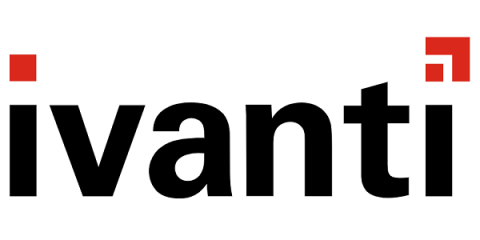Embracing DEX: One Step at a Time
Digital employee experience has become a hot topic for organizations. And understandably so, considering that 65% of employees say that they would be more productive if they had better technology at their disposal. But to secure the investment, you need to lay out how your organization can benefit in both the short — and long-term.



